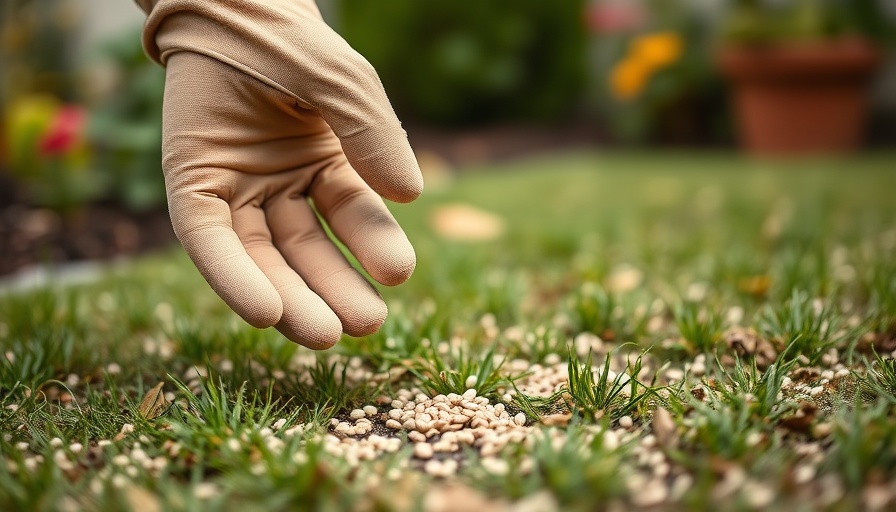
The Benefits of Overseeding Without Aerating
Overseeding is an effective method to rejuvenate existing lawns and improve their resilience. By choosing to overseed without aerating, homeowners can save both time and money while achieving satisfactory results, provided they take the right steps to prepare the seedbed. The initial preparation, including careful mowing, dethatching, and applying compost, is vital to enhance seed-to-soil contact, which is crucial for effective germination.
Step-by-Step Guide to Overseeding Success
To successfully overseed without aerating, it is essential to follow a structured approach. Here are the steps you should consider:
- Choose the Right Grass Seed: Select high-quality grass seed with at least an 85% germination rate. Depending on your existing grass type, you can use similar varieties or mix them to introduce more disease-resistant options.
- Clean the Yard: Ensure the yard is free from debris such as rocks, sticks, and any lawn furniture that could obstruct seed growth.
- Mow Low: Mowing the lawn short encourages better seed-to-soil contact, which should effectively nourish the new seedlings.
- Dethatch your Lawn: Thatch buildup can prevent seeds from making direct contact with the soil. Utilize a dethatching tool to remove this layer and prepare the ground for overseeding.
- Spread a Thin Layer of Compost: Applying a thin layer of compost benefits the seeds by enhancing the nutrient availability right at the surface, where seedlings will be germinating.
- Apply the Seed: Distribute the grass seeds evenly across the prepared area using a seed spreader for consistent coverage.
- Gently Rake Over the Seeded Area: Lightly raking the area ensures seeds are buried just below the soil surface—a critical component for germination success.
- Decide on Fertilizer: Adding a starter fertilizer will boost seed growth, especially if your existing soil lacks nutrients.
- Water Properly: Finally, regular watering is essential to maintain moisture in the soil and help seeds germinate effectively.
Understanding Costs and Time Commitment
Homeowners embarking on a DIY overseeding project need to prepare for a time investment of about 4 to 6 hours for preparation and an additional 1.5 to 2.5 hours for the actual overseeding, depending on the size of the lawn. Estimated costs range from $310 to $495 to cover materials and necessary tools for a 5,000-square-foot lawn. This expense might seem steep, but when considering the long-term benefits of a vibrant lawn, it is a practical investment.
Common Misconceptions About Overseeding
A prevalent misconception is that aeration is the only way to achieve optimal lawn health during overseeding. While aerating can enhance results by improving soil aeration and further facilitating seed-to-soil contact, it is not the only approach available. Homeowners can achieve good results with meticulous seedbed preparation and proper follow-up care, making overseeding a flexible, accessible option for lawns in various conditions.
The Future of Lawn Care: Technology Meets Tradition
As advances in technology continue to reshape lawn care solutions, the future may see the integration of smart devices and AI-driven tools that could refine overseeding techniques even further. From precision irrigation systems that monitor moisture levels to apps that help choose the right seed types based on local climate data, the potential for optimizing lawn health is immense.
Conclusion
Overseeding without aeration can be an effective strategy for enhancing your lawn's vitality if executed thoughtfully. With proper preparation and maintenance, your lawn can flourish into a lush and resilient space. If you're looking to ensure long-term health for your lawn, consider seeking professional assistance from lawn care experts who can provide tailored advice and solutions.
 Add Row
Add Row  Add
Add 


Write A Comment